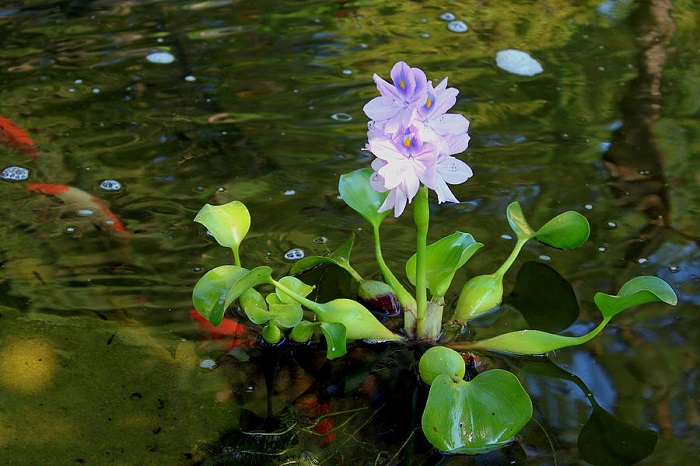Caring for Live Pond Plants
Posted by Editor in Gardening on Jul 17th, 2019 | Comments Off on Caring for Live Pond PlantsLive plants need as much love as fish because not only do they help make the area look pleasant and natural, they can also help maintain a better water quality for your pond.

Here are some tips to keep you plants healthy.
- Before choosing the plants, make sure you know which ones can potentially take root and spread in your pond in case you do not want that to happen. Some species can be difficult to contain, but if you want to have plants that spread their roots like the cattails, you can contain their growth using fabric planters. Water hyacinths can be contained using a fishing line to keep them in one section of the pond.
- You can retain containers like mesh baskets and plastic pots for plants in the pond. These can be useful for marginal plants, lotus, and water lilies so the roots don’t spread to the rest of the pond. Marginal plants will look better when planted in forming fabric planting beds, but for most types of plants, fabric planters are your best choice.
- The use of fertilizers will depend where the plant usually grows. For example, floating plants get their nutrients from the water via the roots, so use a liquid fertilizer for your hyacinths and water lilies. Potted plants on the other hand will need tablets inserted into the planting media. This will fertilize the roots directly.
- The placement of the pond in relation to other garden plants can affect the water quality and the parasites affecting pond plants. Do not place the pond under flowering trees for example if you do not want an aphid infestation in your aquatic plants. However, do not place the pond in direct sunlight as it can trigger algae growth.

- Most ponds will need at least six hours of sunlight to be healthy, but to much exposure will lead to an overabundance of algae.
- Do not place plants in the direct path where water flows in your pond because the disturbance will inhibit their growth.
- There are 5 types of pond plants to choose from, such as marginal, deep water, floating, aerators, and bog. Each type has their special requirements.
- Floating plants can be planted in plant baskets and lily tubs to contain roots.
- Underwater plants can help limit algae growth in the pond. If you want to place them in your pond, plant them in one-gallon containers with pea gravel to hold them in place. They will need to be submerged in a depth of at least 12 inches.
- Shallow water plants are marginal plants that will need to be planted in a minimum of 10-inch fabric pots. Place them in depths of 3 inches and they must be fertilized every 8 weeks.
- Water lilies will require large or extra-large planting baskets lined with sphagnum moss or filter pad and 1 inch layer of gravel or sand on top. They are also placed at least 12 inches below the water.

- Regular replenishing of nutrients using fertilizers is important in a closed environment such as a pond. Most plants are hardy even without regular maintenance, but pruning is required for some species.

